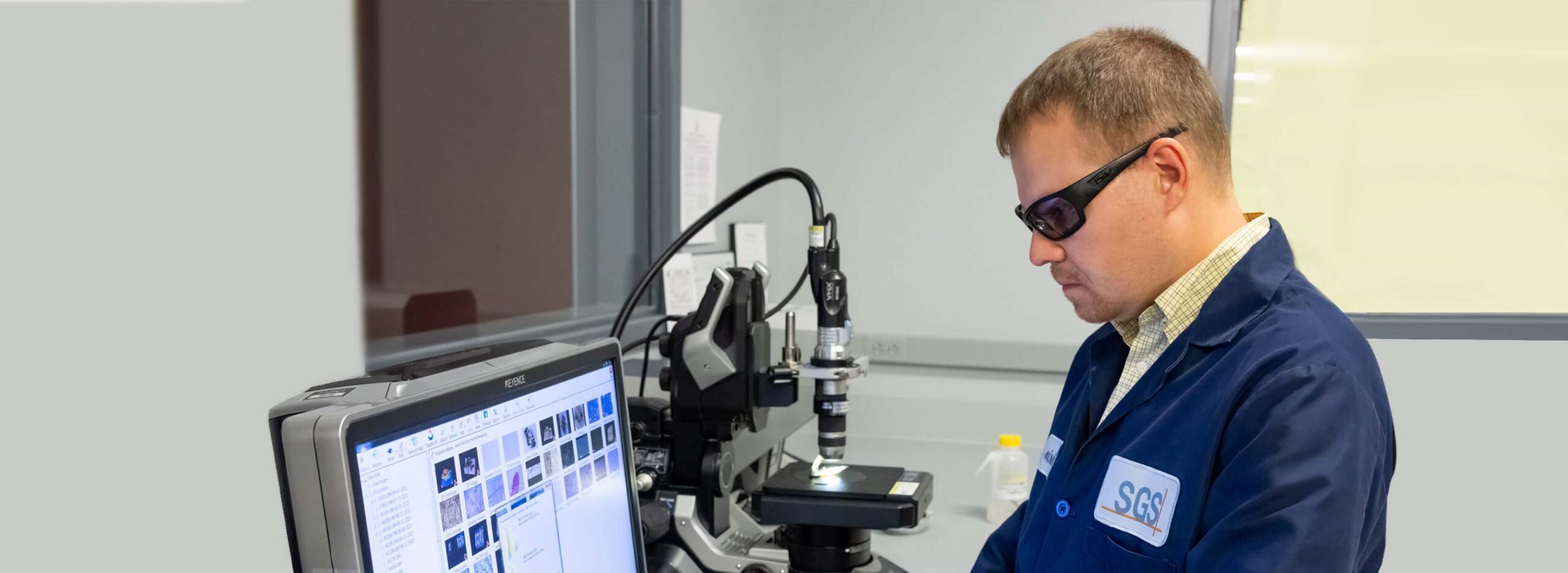
Microscopy
Causes of embrittlement in polymers can be investigated using microscopy, mechanical testing, and chemical analysis.
Polymer embrittlement can be caused by a number of factors, including UV, oxidative, or thermal degradation; exposure to environmental stress cracking agents; crosslinking; hydrolysis; or leaching of plasticizers.
Approaches
Optical microscopy and SEM/EDS are useful for establishing failure mode. Fractography to examine the fracture surfaces provides insight into origin and propagation of cracks, presence of voids or contaminants, and microscopic evidence of distinctive failure patterns, such as that caused by environmental stress cracking.
Mechanical testing of failed and control parts can be used to measure changes in mechanical properties. Failures in various modes can also be deliberately introduced in the laboratory for comparison to the field-observed failures as a means of troubleshooting.
Chemical analysis methods including FTIR, GC-MS, and LC-MS are used to test for the presence/absence of additives packages, including antioxidants, thermal stabilizers, and plasticizers. In addition, chemical analysis methods are used to look for contaminants, such environmental stress cracking agents or chemicals which degrade the polymers.
Sample Considerations
Each chemical analysis and mechanical test has its own sampling requirements. Contact an expert to discuss your embrittlement testing needs and associated sample considerations.
Experience
An example of embrittlement testing is analyzing plasticizers leaching from various plastics.
